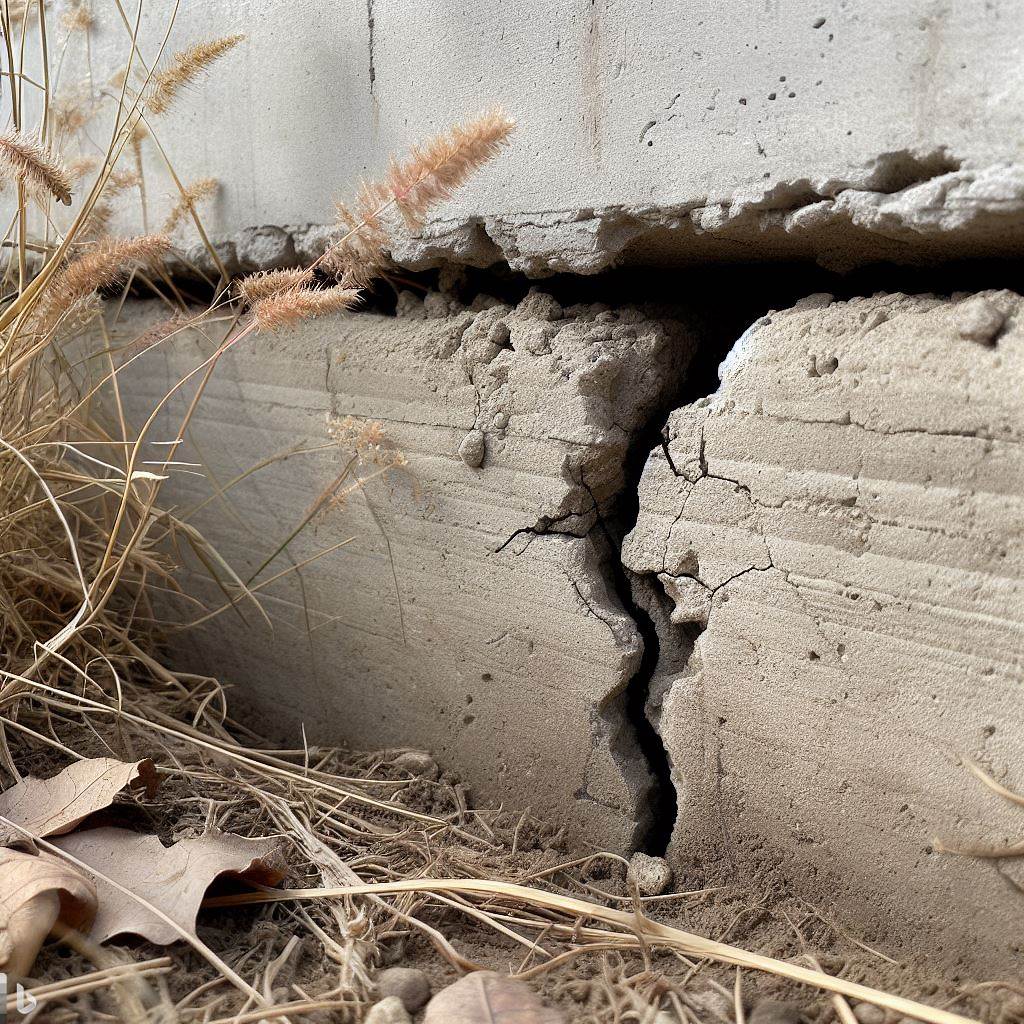The discovery of a crack in your home’s foundation can send shivers down any homeowner’s spine, conjuring visions of structural calamity and hefty repair bills. However, it’s essential to dispel the myth that every crack spells disaster. In this blog, we’ll delve into the reasons why a foundation crack isn’t always a cause for panic and why seeking expert examination is the key to discerning between normal wear and potential issues.
The Nature of Foundations:
Foundations, the silent sentinels beneath our homes, endure a constant battle against the forces of nature. From shifting soils to temperature variations, it’s only natural for them to exhibit signs of wear over time. Understanding the nature of foundations is the first step in unraveling the mystery behind cracks.
- The Aging Process: Like any other part of your home, foundations age. Hairline cracks, typically less than 1/16th of an inch wide, may develop naturally over the years and are often part of the foundation’s normal aging process.
- Settling and Shifting: Foundations settle and shift as they adapt to the surrounding soil. Minor settlement cracks, especially in newer homes, may appear during the initial years but usually stabilize over time.
- Weather and Climate Factors: Changes in weather and climate contribute to the expansion and contraction of the soil around your foundation. This movement can exert stress on the foundation, leading to cracks.
When to Take a Breath:
Not every foundation crack signals impending doom. There are instances when cracks are considered normal wear and tear:
- Size Matters: Hairline cracks or those less than 1/8th of an inch wide are often deemed cosmetic and may not necessarily indicate structural issues.
- Static Cracks: If a crack remains static and doesn’t widen over time, it’s likely a result of the natural settling process and may not require immediate attention.
- Location of Cracks: The location of the crack can provide insights. Vertical cracks in the foundation are often less concerning than horizontal cracks, which may indicate lateral pressure.
The Expert’s Eye:
While a homeowner’s observations are valuable, the expertise of a qualified professional is irreplaceable when it comes to assessing foundation cracks. Here’s why consulting an expert is crucial:
- Accurate Diagnosis: Professionals have the experience to accurately diagnose the type, size, and potential risks associated with foundation cracks. Their trained eye can distinguish between benign cracks and those requiring intervention.
- Advanced Tools and Techniques: Experts utilize specialized tools and techniques to conduct thorough inspections, including measuring crack width, assessing structural integrity, and identifying any underlying issues.
- Tailored Solutions: Not all foundation cracks are created equal. Professionals can provide tailored solutions based on the specific characteristics of the cracks and the unique conditions of your home.
Conclusion:
In the realm of homeownership, a foundation crack is not always the harbinger of catastrophe. Understanding the natural aging process of foundations and discerning between normal wear and potential issues is crucial. However, the golden rule remains: when in doubt, seek the guidance of a qualified expert. Their expertise can provide the clarity needed to ensure the longevity and stability of your home’s foundation. So, take a deep breath, dispel the myths, and let the experts guide you through the crack conundrum.

